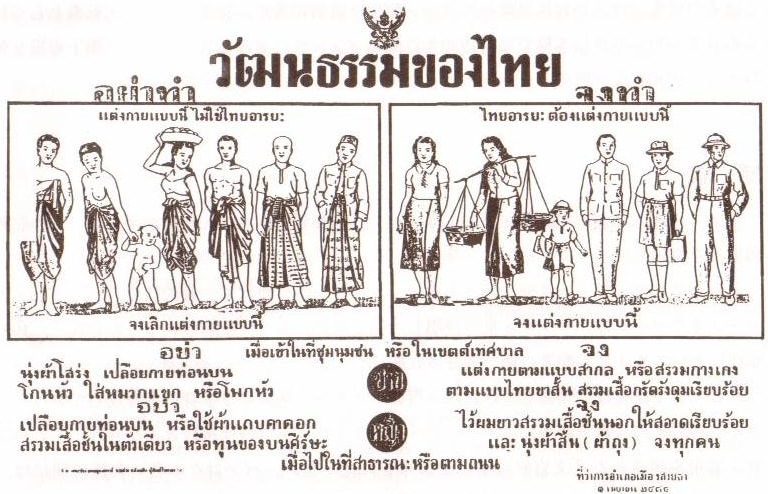- Project Leader : Sakagawa Naoya(Kyoto University, Graduate School of Asian and African Area Studies)
- Collaborators : Kano Hiroshi (Aichi University, Faculty of International Communication)
- : Yamada Hitoshi (Meio University, Faculty of International Studies)
- : Yano Hidetake (Komazawa University, Faculty of Arts and Science)
- : Iwaki Yasunobu (Kure National Collage of Technology, Department of Architecture)
- : Tashiro Akiko (Nara National Research Institute for Cultural Properties, International Cooperation Section, Department of Coordination and Planning)
- : Hirata Akiko (Tokyo University of Foreign Studies, Graduate School of Arts and Culture Studies)
- : Hinata Shinsuke (Kyoto University, Graduate School of Asian and African Area Studies)
- : Kobayashi Satoru (Kyoto University, Center for Southeast Asian Studies)
Outline of Research
The purpose of this preliminary research is to set an agenda for a future collaborative project by discussing the possible role of cultural history in 21st century Thai society. As researchers from various fields participate, it can be expected that broad and beneficial networks will be formed.
Description
This research is an attempt to set an agenda for a future collaborative project by discussing the possible role of cultural history in Thai society today.
One example of this is that since the military coup in 2006, frequent conflicts over democracy and monarchy have broken out in Thailand. They are also related to growing nationalism in the disputed areas around the Preah Vihear / Khao Phra Viharn Ruins that were registered on the World Heritage List in 2008. The active role of Dr. Charnvit Kasetsiri demonstrates the significance that cultural and historical approaches can and how they can be used to gain a better understanding of present political issues.
To examine the social meaning of Thai cultural history, this research will provide a rare opportunity for researchers from various fields (i.e. political history, intellectual history, cultural history, architectural history, film history, Buddhist studies, archaeology and anthropology), to exchange information and opinions. This kind of attempt has seldom been done in Thai studies in Japan, and will also contribute to formulate a center for Southeast Asian Studies.


